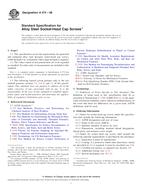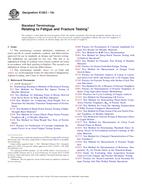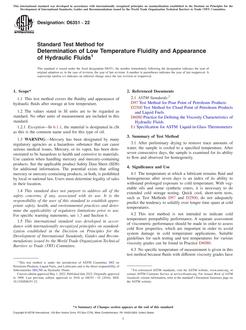1.1 This guide covers procedures for obtaining laboratory data concerning the developmental toxicity of a test material. The test utilizes embryos of the South African clawed frog, Xenopus laevis and is called FETAX (Frog Embryo Teratogenesis Assay- Xenopus)
1.2 A renewal exposure regimen and the collection of the required mortality, malformation, and growth-inhibition data are described. Special needs or circumstances might require different types of exposure and data concerning other effects. Some of these modifications are listed in although other modifications might also be necessary. Whenever these procedures are altered or other species used, the results of tests might not be comparable between modified and unmodified procedures. Any test that is conducted using modified procedures should be reported as having deviated from the guide.
1.3 These procedures are applicable to all chemicals either individually or in formulations, commercial products or mixtures that can be measured accurately at the necessary concentrations in water. With appropriate modification these procedures can be used to conduct tests on the effects of temperature, dissolved oxygen, pH, physical agents, and on materials such as aqueous effluents (see Guide E 1192), surface and ground waters, leachates, aqueous extracts of water-insoluble materials, and solid phase samples, such as soils and sediments, particulate matter, sediment, and whole bulk soils and sediment.
This standard does not purport to address all of the safety concerns, if any, associated with its use. It is the responsibility of the user of this standard to establish appropriate safety and health practices and determine the applicability of regulatory limitations prior to use.
Product Details
- Published:
- 04/01/2004
- Number of Pages:
- 16
- File Size:
- 1 file , 160 KB


